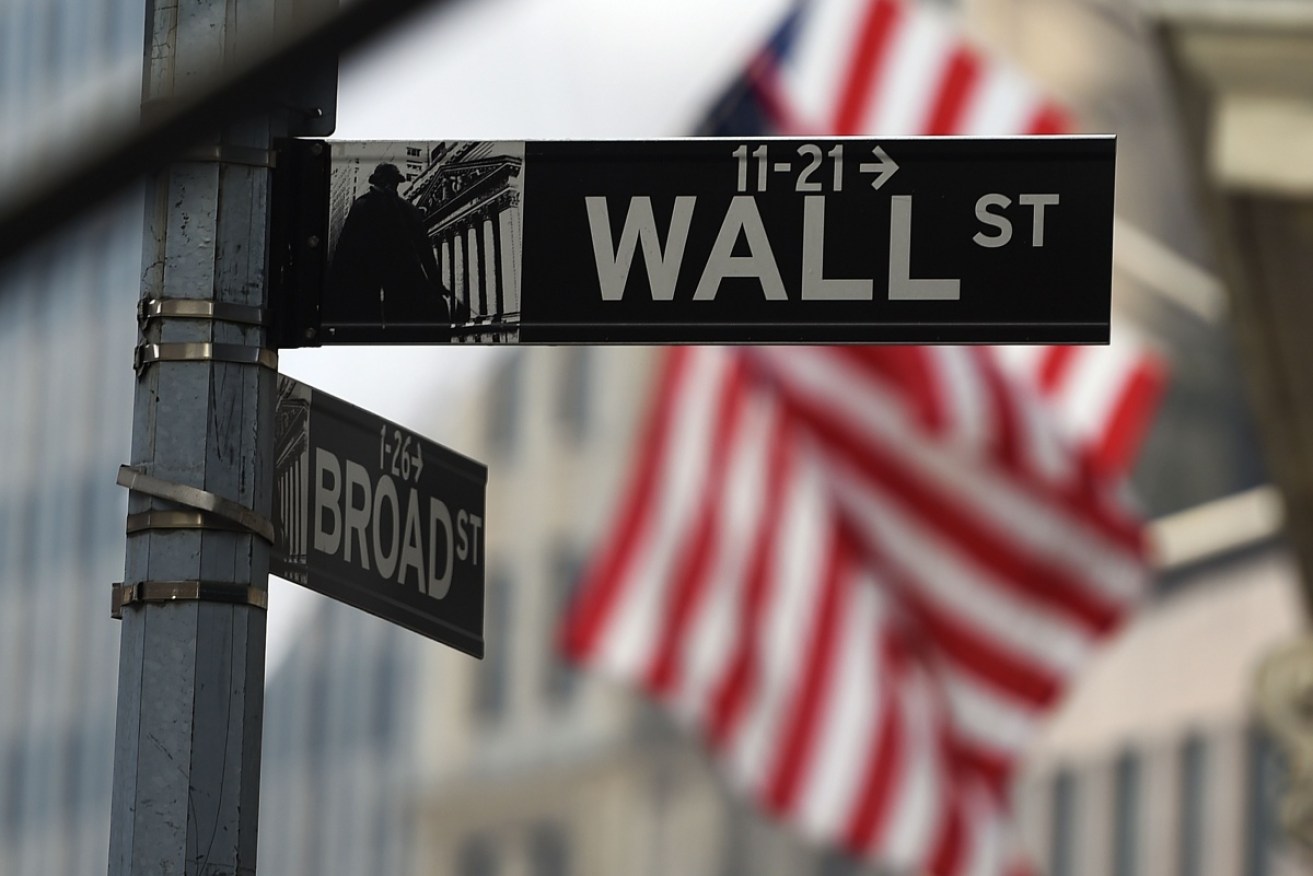Pro-business Trump pushes Wall St to record high

It is the first time all four US indices have been at record highs for the first time since December 1999. Photo: AAP
The Dow Jones Industrial Average has climbed above 19,000 points for the first time.
The S&P 500 finished above 2200 and the Nasdaq also closed at a record high.
Healthcare companies dragged on the market after disappointing sales and a weaker profit forecast from medical device maker, Medtronic.
Yesterday, all four major US indices closed at record highs for the first time since December 1999 as markets rally because of tax cuts, infrastructure spending and less regulation promised by US president-elect, Donald Trump.
Industrial companies which make aircraft and engines, such as Boeing and Lockheed Martin, have been trading at record highs.
IG chief market strategist Chris Weston dismissed concerns that the market euphoria could soon run out of steam.
“When a market is at an all-time high it should be traded as such, unless of course price action dictates that a reversal is probable,” he said.
“The way I see the current state of play is the bulls have got control here and that US equity and many other developed markets are going higher, at least in the short-term.”
However, ANZ economists are more circumspect about the global share market rally and the sell-off of bonds in favour of equities.
“One has to wonder that if some of Trump’s proposals fail to get off the ground, and bond markets therefore start to reverse some of their moves, by earlier logic, will equities continue to record gains?” the ANZ economists asked.
S&P, @DowJones & @NASDAQ all breaking records
Shouldn't we just collectively rename them @realDonaldTrump Index? pic.twitter.com/GB8tPRwNoC
— Sebastian Gorka DrG (@SebGorka) November 22, 2016
The stock market surge was helped by US economic data which showed a rise in US home sales last month, adding to the case for a US interest rate rise next month and possibly more increases next year.
US home resales increased 2 per cent in October to their highest level in more than nine years, according to the National Association of Realtors.
The data pushed up the greenback, which has been trading around 13-year highs on expectations of higher US interest rates, although it fell in later trade.
The Australian dollar rose above $US0.74 ($A1) overnight regaining some of this week’s losses against the stronger greenback.
Commodities boost lifts London market
Major share markets in Europe also rallied on optimism about Mr Trump’s policies.
The FTSE 100 in London was driven by miners on a rise in copper and iron ore prices.
Mr Weston said he believed the big surge in copper and iron ore prices was driven by Chinese speculators.
In Japan, the Nikkei 225 fell after an earthquake hit the north-east of the country but the index ended the day up one third of a per cent after there appeared to be no major damage or casualties.
In futures trade though, the ASX SPI 200 is not as buoyant as Wall Street, indicating a more subdued start to trade on the local share market.
Oil prices were volatile with the three-day rally in crude prices stalling after doubts emerged about whether Iran and Iraq will take part in OPEC production cuts.
OPEC members meet in Vienna next week to flesh out a possible agreement but a preliminary meeting overnight failed to make headway over Iran and Iraq’s participation.
Brent crude futures rose, fell, then rose again to nearly $US50 ($A67.50) a barrel.
Economists from ANZ said “signs of cracks in the OPEC production cut agreement could see oil prices weaker in trading today.”
The stock market surge saw spot gold prices ease as investors moved away from the safe haven and looked for riskier assets.
– ABC








